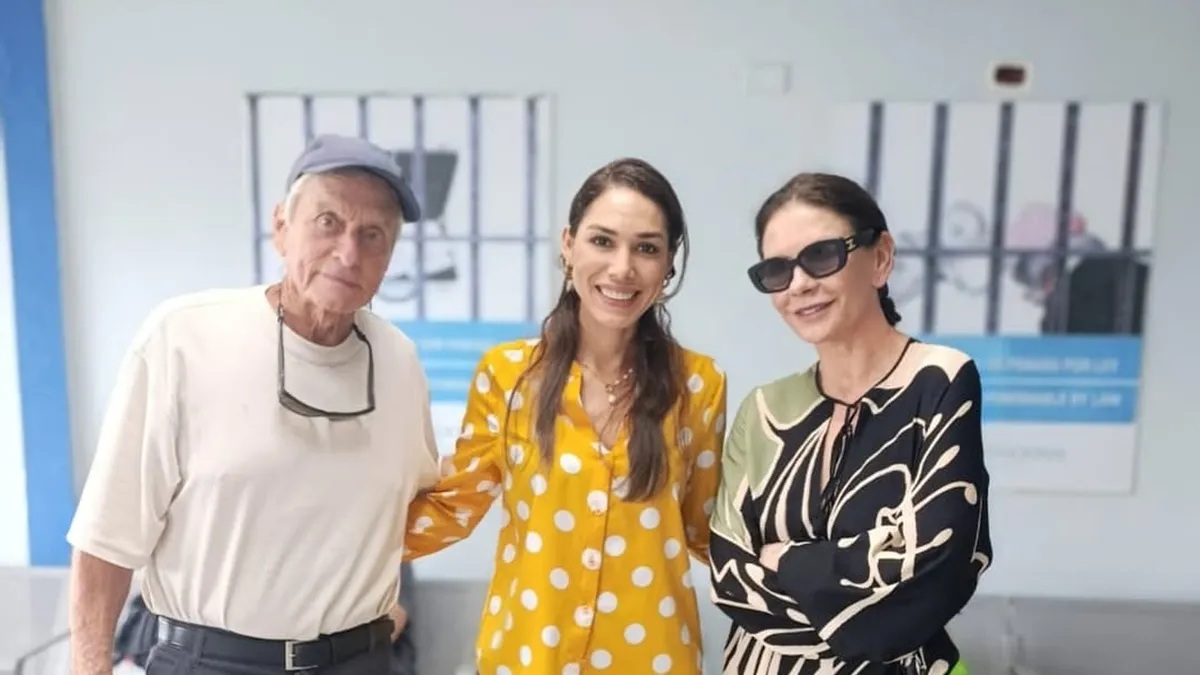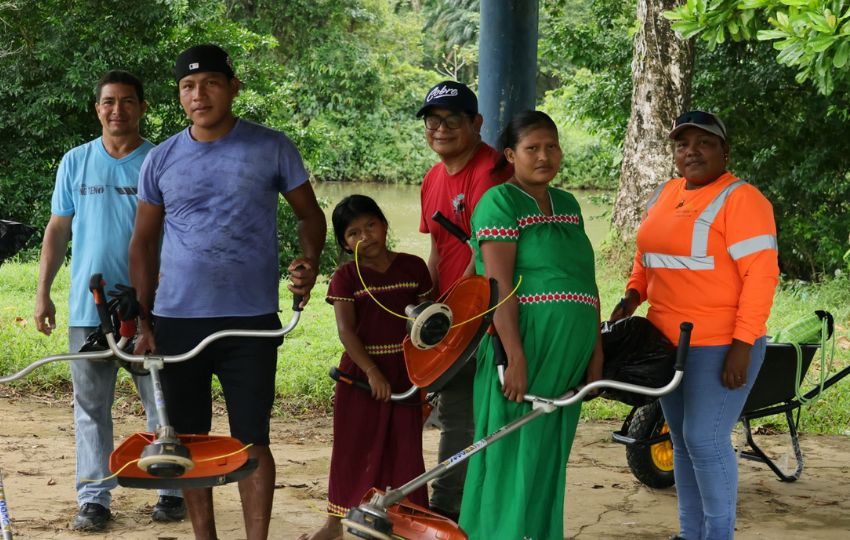Fighting for a future in Panamas red barrios

“What the f—k are you gringos doing here?” It was an unlikely welcome for anyone with a camera in a country where people like to smile at the lens.

An even more unlikely curtain raiser to a four year film saga exploring the “cultural heritage” of barrios in torment.
John Urbano’s award winning documentary “Beauty of the Fight”, to be shown at the Anita Villalaz Theater in Casco Viejo on Wednesday, delves beneath the “tropical paradise” veneer touted by developers and tourist operators.
If you are one of those who savor the words of one expat guide writer who tells new arrivals to “Be aware of class,” this movie is not for you. But if you are truly curious about the country and its people, or have ever wondered how your maid exists in what are known as the “red” areas, this is a must-see production.
Urbano was one of the two photographers who had wandered into the heart of Chorillo to photograph children who lived and worked there.
When the four letter barrage erupted, with their lives on the line they sped from the home of, drug deals, murders, assassinations and signs delineating gang boundaries.
As they fled they met an incoming heavily armed police squad responding to the disturbance initiated by the gringos.
It was the beginning of an education on the hidden life of the city, an eternity away from the glass and concrete towers across the bay.
They met a young police officer who had made 76 arrests, taken bullets in his body armor and was a target for assassination. From him and others they gained a protective shield for the filming that was to follow..
Over the next four years, Urbano and his crew documented the lives of a group of people in Chorillo and Barraza who were struggling to save their homes and their dignity, while fighting bureaucracy, developers and apathy. Said one: “If you don’t have a home, you don’t have a life.”
The heartbreaking descent began with the U.S. invasion of 1989, while they were preparing for Christmas, one that thousands would never see.
The movie illustrates the baptism of fire and the incineration of homes and people that followed the stone faced rationalization of the invasion by President George Bush, as the military might of the U.S deployed its tanks bombers and helicopters to capture a former CIA helper, the dictator Manuel Noriega.
Survivors recollect their experiences in the midst of the target area. Their simple statements contrasting dramatically with the sanitized versions we have so often heard from those who viewed the hellfire from distant upscale communities like La Cresta.

We see them being shuffled from one location to another, baffling even the film makers, who frequently returned to find whole communities had disappeared. We see and hear 8 year old gun toting assassins, gangs cutting cocaine, tailors, barbers, family heads, the incapacitated living without hope.
.And, on the positive side there are the community workers and teachers fighting to create real change ,backed, by the Unicef New Generation Movement, with programs to reduce crime, and boxers working to become champions aided by a former title holder Ismael Laguna, now sick and living in poverty
We even hear the voice of Noriega from inside his American prison.
When it ends you have a better understanding of “The People” who are often invoked by politicians who are unlikely to risk following in the footsteps of the filmmakers.

At a preview of the documentary at the recently opened Pangea restaurant in El Cangrejo with its multiplicity of cosy dining rooms, guests sat transfixed as they absorbed the message, and then moved to obtain copies of Urbano’s book of photographs, with the income going to support New Generation.
At the Wednesday showing at the Anita Villalaz Theater, more books will be on sale, including a limited special edition, along with framed photographs of some of the children of the barrios who will be the future of Panama.
Whether that is better or worse, depends upon us all.
Getting there: The theater is in Casco Viejo , adjacent to INAC (Cultural Center) near the French Embassy .There is parking there, or in the public parking lot near the National Theater.
For more information go to 270-2404 or 6090-3233.
{jathumbnail off}





